Edgar D. Seymour
1995
about
(1912-2011) SSA Director; Soaring Ground School Founder; FAA Glider Examiner
Awards
Exceptional Service Award 1989; Silver #184 1953; Gold #228 1965; Diamond #125 (Int #799) 1969; Symons One Lennie #298
Bio
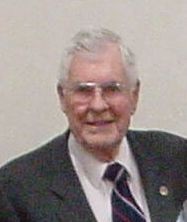
In 1956 Ed Seymour represented the United States in the Winter Olympics at Cortina, Italy. Seymour and his teammate on the two-man bobsled "flew" as they slashed and hurtled down the chute to a respectable sixth place.
However, that event was not what got him elected into the United States Soaring Hall of Fame. Read on . . .
In 1928, Ed and and friends tested their aspirations of flight after reading an article about the Northrop home-built primary glider. They actually made it into the air in 1930 without undue consequences. Ed logged 121 flights in the primary including a demonstration with automobile launch at the newly opened Wings Field Airport in Philadelphia.
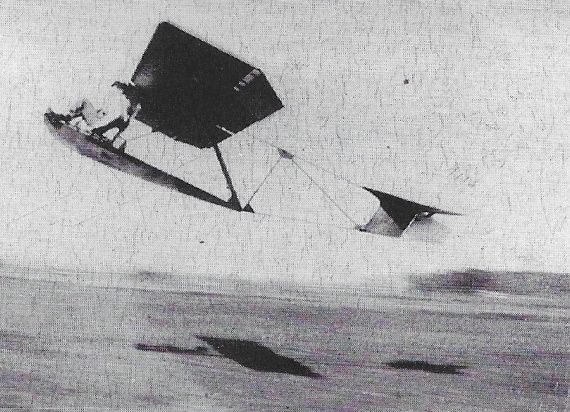
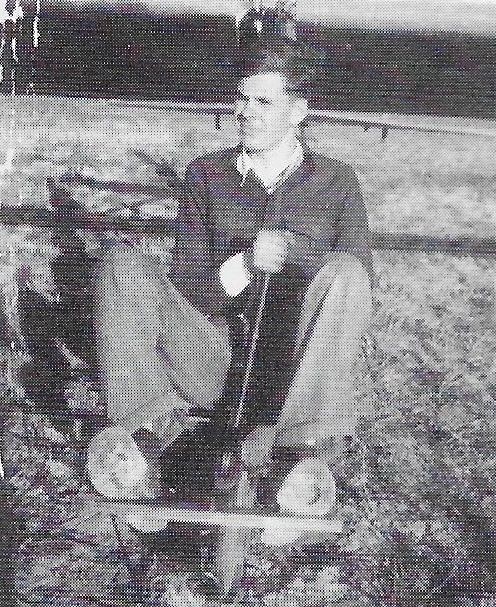
Ed joined the Rochester Soaring Club in 1952. It was a new club starting with ten members at the Genesee Regional Airport in Henrietta, NY. They purchased a Schweizer 2-22 and began training at Batavia Airport. It was there that Ed soloed in the 2-22. The following year he flew a 27 mile cross country, also in the 2-22, earned his commercial glider rating (enabling him, at the time, to instruct). The following year he became president and edited the club newsletter, completed his Silver badge and became treasurer of the club.
In 1955 he flew at the famous and traditional Snowbird meet at Harris Hill placing 8th in his 1-23D. He attended the 24th Nationals at Elmira but not as a contestant. On the rest day an informal contest was called for a $50 spot landing win at O'Brien's restaurant - perhaps some good food too. Seymour and Emil Lehecka, both pilots not entered in the Nationals, tied for first with a distance of one foot five inches. In the 1958 Northeastern Soaring Contest, Ed won a square flashlight for last place flying a 1-26 in the overall contest and a thermos jug for third place in the spot landing competition.
He continued flying contests and became more competitive in later years but was never that serious about competition; instructing pilots and stressing safety was his main interest.
In approximately 1955, the Certified Flying Instructor (CFI) - Glider became available and he earned that certificate. He also became a CAA and later FAA Glider Examiner. His words about instruction: "I'll teach you to fly, but not for free. You have to teach someone else to fly for free too."
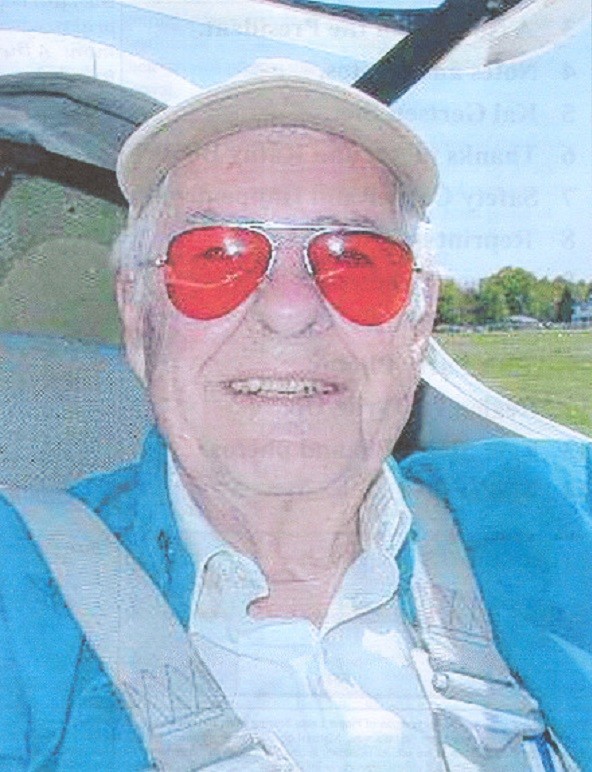
In 1959 Ed Seymour was elected for his first term as a director of SSA for Region 3. The decade of the 1960s was a pivotable one for Seymour. He earned his commercial power and multi-engine ratings. He was one of the founders of the Dansville, NY Soaring Club and earned his Gold badge. By now he had a Ka6-E, completed his Diamond Badge and began setting state records in both New Hampshire and New York. He became somewhat more serious about competition and entered some Nationals along with two Canadian competitions. He also served as the SSA Governor for New York.
It was then, as he became very serious about expanding his love of soaring and need to stress good instruction and safe practices, that he appeared on the national circuit. He established the Glider Pilots Ground School, the first organization of its kind in this country. He was its Director from 1974 to 1995 and enlisted the assistance of his two sons, David and John, as instructors. The organization held over 300 classes in 54 different cities including SSA Conventions - from Brookhaven, NY to Los Angeles; from Miami to Honolulu. About 3,000 pilots attended over the years. The booklet, Glider Pilot's Ground School, was also made available.
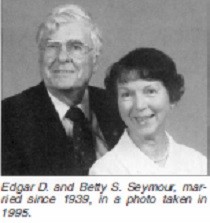
Ed Seymour made a significant and nationwide impact on soaring instruction in the United States for over twenty years with his Glider Pilots Ground School.
In addition, he held Silver #184 (1953), Gold #228 (1965), Diamond #125 (Intl #799, 1969) and the Symons One Lennie #298.